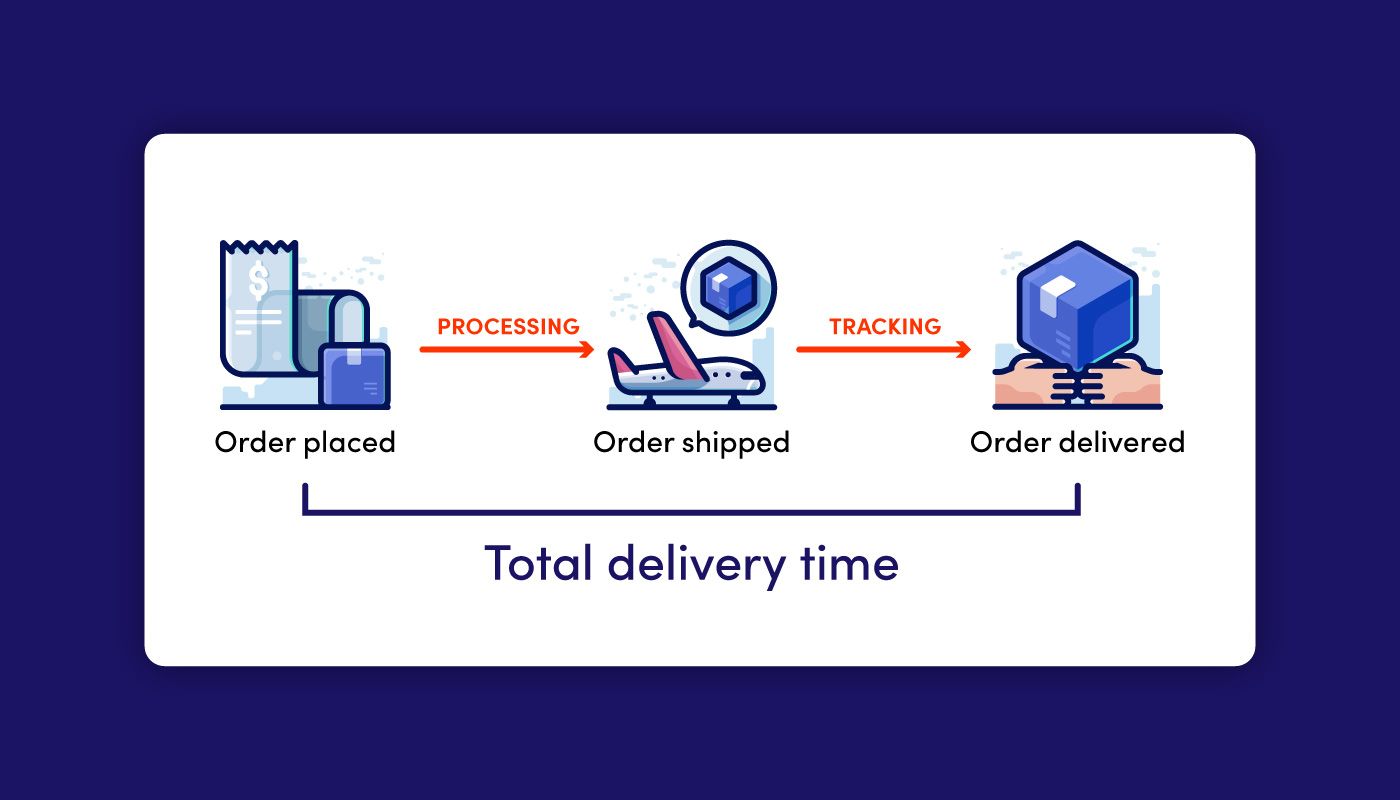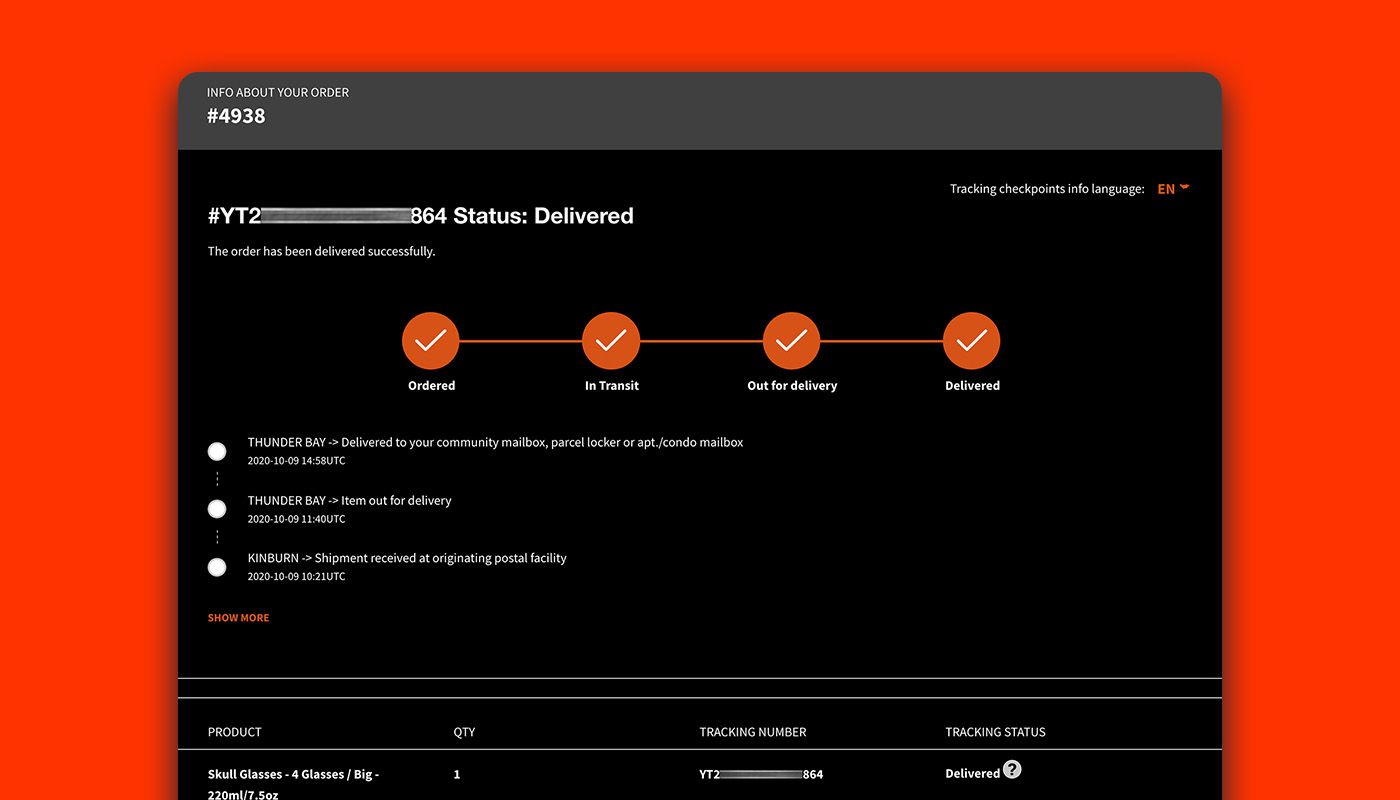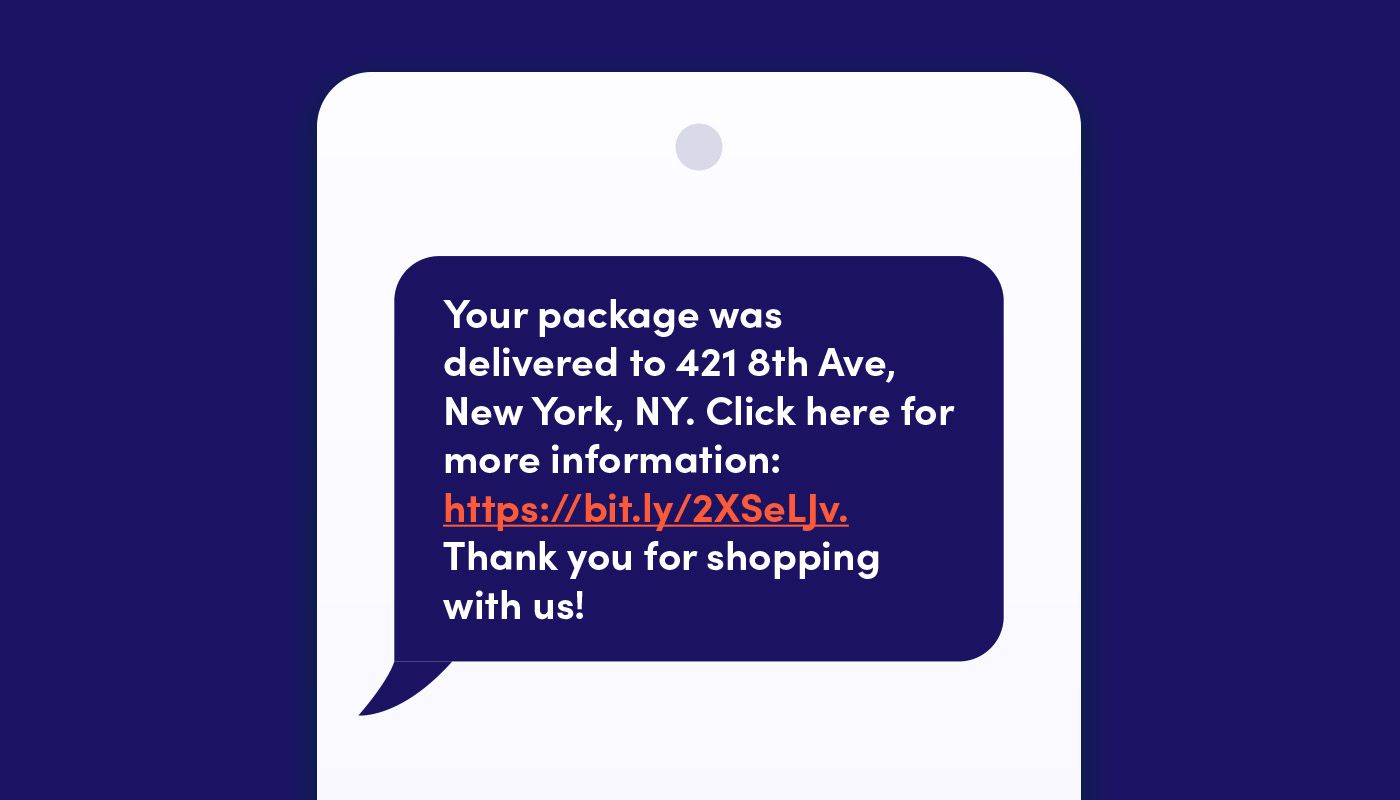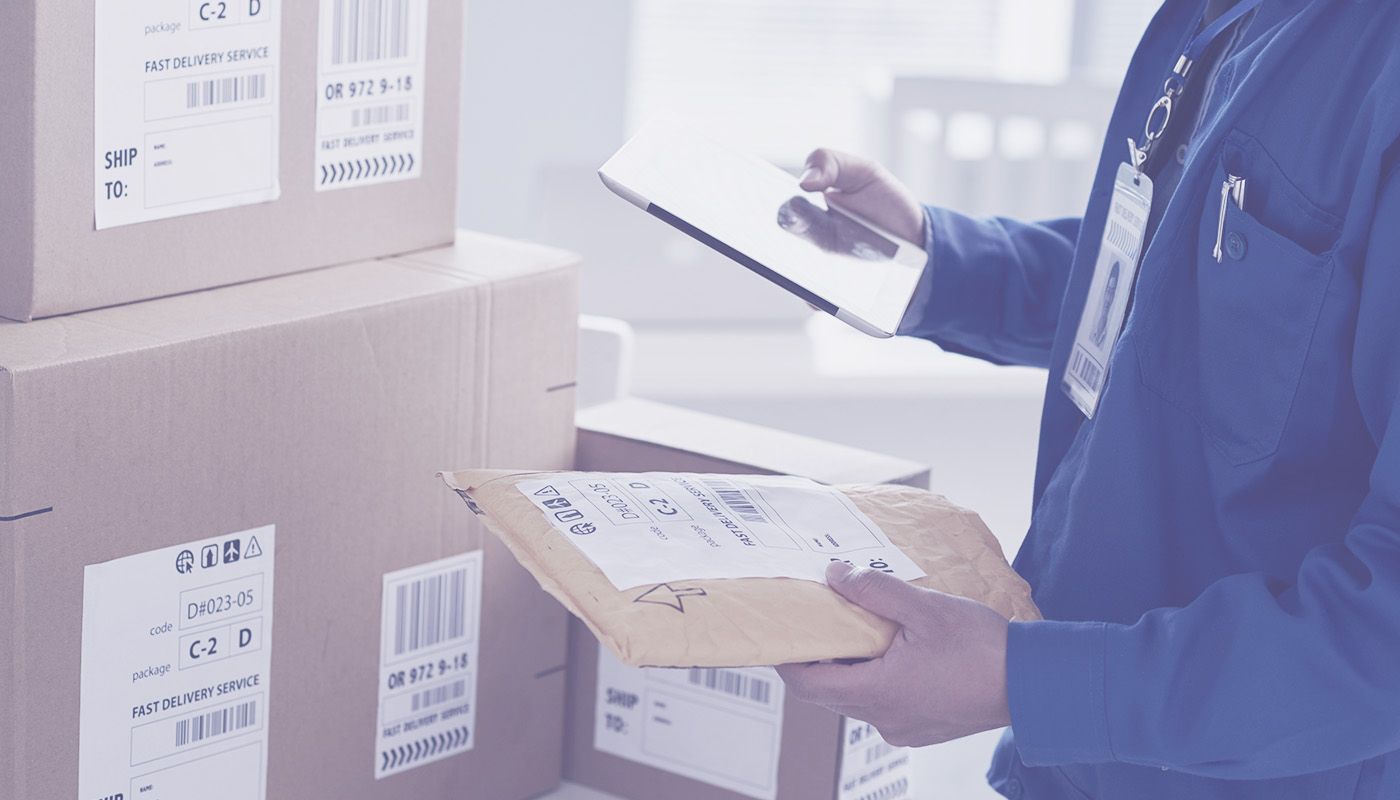Time is money – you’ve probably familiar with the saying. There’s a chance you’ve even used it at least once in your life to indicate that something could be happening faster and more efficiently.
In e-commerce, and business in general, where speed and the way you handle things can easily determine your success, this couldn’t have a more literal meaning.
Ever-growing customer expectations and demands continue to raise some serious delivery challenges for smaller online businesses that might have fewer resources yet should be ready to perform at the same pace, or, ideally, even higher, than their competitors.
To make things easier and be able to keep up with the competition, many of them are relying on e-commerce automation that could reduce the amount of manual work, thus improving work efficiency and saving tons of time.
In this article, you will be introduced to shipping automation, learn how it can benefit your business, and what are some specific examples of shipping automation that can be implemented by any business aimed at providing customers with the best online shopping experience.
Fulfillment challenges that smaller e-commerce businesses often face

To better understand the role of shipping automation and how to use it for more effectiveness and efficiency, let’s take a look at some common fulfillment challenges e-commerce businesses have to deal with on a daily basis.
#1: Poor inventory and order management
Online stores don’t really have working hours which means that anyone feeling the urge to shop can do it whenever, be it a lunch break or 3 AM. Hence, in an industry where everything happens so fast, manually managing the inventory or orders can simply prevent businesses from keeping up with the pace, leaving customers disappointed.
#2: Slow shipping speeds or delays
It sounds like a lot, but today’s impatient consumers want their orders now. E-commerce giants have already proved how fast they can deliver packages, putting some pressure on smaller or medium businesses. This makes it very important to have an organized fulfillment process that would help you meet your customers’ needs.
#3: Lack of transparency
The real-time order tracking option is probably not a surprise – people love to get packages and the closer they are, the more excited customers get. According to the Retail Touchpoints survey report, 51% of customers want to follow the journey of their orders throughout the shipping process. So not offering it puts the business at risk of losing a high percentage of customers to competitors who are more transparent about their deliveries.

These are just a few of the challenges that e-commerce businesses have to overcome during the fulfillment process. Any of those or any other stage of the fulfillment process that's poorly organized can either make your shipping process great or ruin it for good.
To avoid this, let’s continue to dig deeper and see how we can automate shipping processes to make everything go according to the plan.
First things first: what is shipping automation?
Shipping automation is the process of reducing the amount of manual work needed for repetitive tasks and implementing various tools or software to boost the efficiency of the whole shipping process.
This can include such tasks as inventory management, packing, order tracking, sending customers updates, return of goods, etc.
Leveraging automation in your shipping process can improve the quality of your services, meaning that it would also positively impact customer experience.
So, to put it simply – the more tasks you can automate, the more efficient your shipping process can get.
5 examples of shipping automation that any e-commerce business can use
1. Keep track of your inventory

Using automations for inventory management can reduce the possibility of overselling and leaving your customers waiting for too long. Imagine that someone makes an order just to find out that the item is out of stock… Not only this can ruin their experience, but also create some unnecessary fuss for customer service reps.
The right system can help to keep track of your inventory in real-time through all sales channels, make it easier to manage product bundles, automatically assign items to specific orders, help to perform inventory checks or purchase it from suppliers when stock is running low, and so on. By automating this process, you can stay more organized and assured about this stage of the fulfillment process.
2. Take advantage of e-commerce order tracking

Another very important part of e-commerce deliveries is staying transparent about the shipping process, which can be done by providing customers with an opportunity to track their orders. A simple shipment tracking app or software is what can help you here.
Order tracking can noticeably boost your customer experience, build trust and boost loyalty, reduce costs, not to mention allow you to stay more in control of the whole shipping process, and improve work efficiency.
When it comes to Shopify, such applications can usually be integrated into your website and allow shoppers to follow the journey of their packages in real-time. This means that in addition to being able to see all the latest order status updates whenever your customers want, they are given yet another reason to visit your store, which can come as a benefit to you if you manage to grab their attention.
3. Send automated notifications

Communication is key to great relationships, and this perfectly applies to the shipping process, too. That's why letting customers know about order status changes every time it happens can not only strengthen their trust with your brand but also add a touch of excitement while they wait for their packages to arrive.
Here are some examples of messages that you can and, probably, should automate:
- Order confirmation emails/SMS messages (“Thank you for your order!”)
- Payment confirmations (“We have received your payment for…”)
- Shipping confirmations (“Your order has just left our warehouse and is on its way!”)
- Order status changes (“Your order is currently in transit.”)
- Delivery confirmations (“Your order was successfully delivered!”)
4. Apply automation rules

Shipment automation rules can save you tons of time on smaller yet equally important tasks by completing them based on various criteria. They can be customized and automatically assigned to imported orders which means that the package will already have all the necessary “settings” for shipping, allowing you to go ahead instantly.
It gets much clearer once you create your first rule. The process usually goes as follows:
- You have to pick criteria: IF THIS…
- And set an action: THEN THAT.
A simple example of such automation could be applying specific services based on the package weight. IF something weighs more than X kg, THEN assign shipping to Y carrier.
It doesn’t seem like a lot, but dozens of such tiny tasks can really add up, and automations can help to deal with them more efficiently.
5. Make it easier to return orders

There will always be a certain percentage of customers that will want to return their orders. Depending on a specific sector, in e-commerce, it can jump to up to 25%. Here’s where automations can also come in handy, allowing customers to return goods easier while helping you handle the process in a timely and efficient manner.
Returns usually require close collaboration with the customer support team, consists of manual interactions (that are more prone to errors) and many repetitive tasks that require attention, focus, and time resources.
Managing all this smoothly can encourage customers to come back next time since they’ll likely feel confident to buy again. Such tasks as submitting a return, generating prepaid return labels, sending updates about the return process, filling the return reasons and so on can be automated and happen without needing to contact anyone from your team.
The benefits of automated shipping
- Saves time – probably one of the most obvious yet very important benefits of shipping automation. As simple as that, automating tasks that are repetitive and time-consuming guarantees a smoother and faster order fulfillment.
- Reduces costs. An automated shipping system eliminates the need for personnel to physically be there and perform specific tasks manually, reducing the costs needed for supporting these actions.
- Improves efficiency and productivity. Now, when you don’t need a person to physically approve and verify each order anymore, it doesn’t mean that you don’t need them at all. Automated shipping not only allows you to shift their attention to other, more complex tasks that also add value to your business but also helps to achieve more in a shorter period of time.
- Increases accuracy. There are a lot of different kinds of data in e-commerce, like customer information or order details. An automated system can help to minimize the possibility for human mistakes, resulting in fewer errors, maybe even fewer returns, helping to maintain customer satisfaction.
- Results in better customer experience and increases conversions. As a flawless and transparent shipping process is what customers want, it’s very likely that succeeding at offering it will encourage them to come back, boosting your profits.
Wrap up
Automations are a great way to boost the efficiency of order fulfillment, and there are many ways you can apply them to make this process benefit both your business and your customer. Shipping automations can take some burden off your team's shoulders by taking care of several repetitive tasks that, in another case, would have required individual attention. Enabling automations to handle all this for you can increase your customer experience and have a noticeable impact on your business growth.





